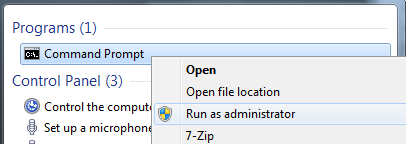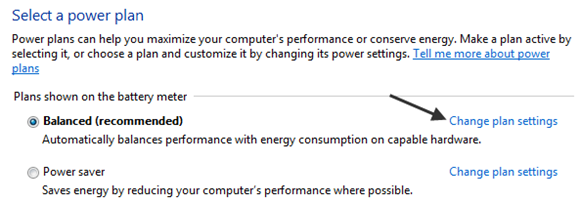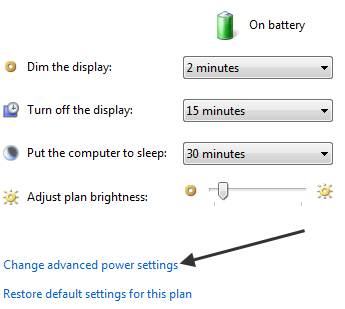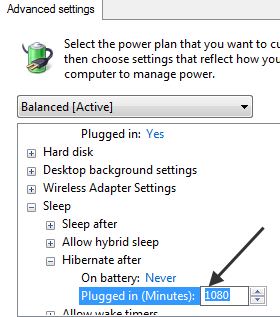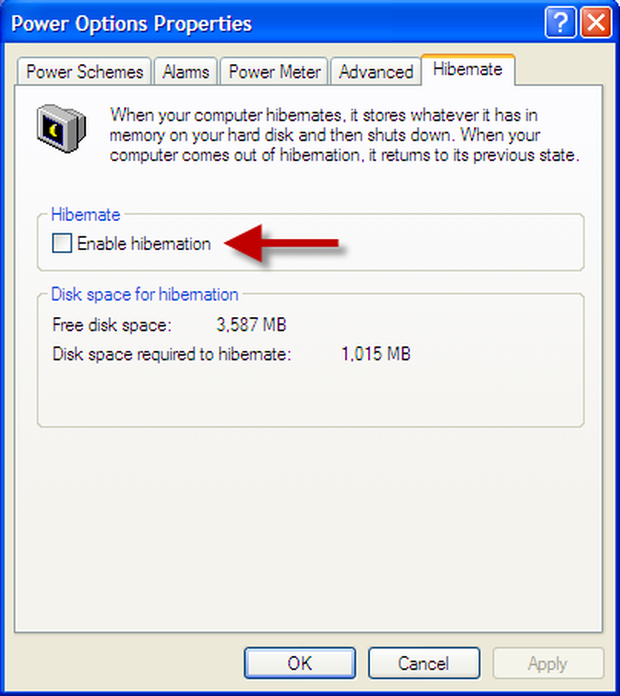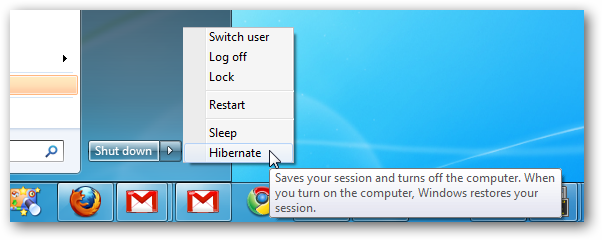To totally unlock this section you need to Log-in
Login
In this post, we will show you how to delete the hiberfil.sys file and how to turn off hibernation. You can free up a decent amount of space by doing this.
Hibernate was designed to speedup shut downs and restarts and save power on laptops.
Hiberfil.sys, as the name suggests, is the file to which Windows saves the snap shot data. Thus, the file is always equal in size to the total amount of available RAM on the computer (see Figure A). On a computer with plenty of free disk space having such a large file just hanging around usually isn't a problem. But if you're running low on hard drive space and never use the Hibernate feature, hiberfil.sys is unnecessarily eating up valuable disk real estate.
Delete Hiberfil.sys File (Command Prompt)
To delete this file, on Windows 7/8, you have to use the command prompt to manually turn off hibernation. If you turn off hibernation via Power Options (which we will show you next), it will not delete the actual file itself.
Open a command prompt in Windows 7 by typing command in the search box. Right click Command Prompt and choose Run as Administrator.
To turn off or disable hibernation, type the following command at the prompt:
powercfg –h off
This will disable hibernation and will remove the hiberfil.sys file from your system.
Delete Hiberfil.sys File (GUI)
To disable hibernation in Windows 7/8, you have to go into Power Options and click on Change plan settings.
Then click on the Change advanced power settings link at the bottom.
Now expand Sleep and then expand Hibernate after. Change the value of On battery and Plugged in to 0 minutes. Note that the option will not even be available if you turned off hibernation using the command line.
That’s pretty much it! Hopefully, you can reclaim some lost disk space by getting rid of the hiberfil.sys file in Windows 7/8. Enjoy!
Re-enabling Windows Hibernate
To turn the Hibernate function back on, simply recheck the Enable Hibernation setting under Power Option Properties or enter "powercfg.exe -h on" at a command prompt with administrative privileges.
Windows XP
On Windows XP systems, you can easily disable Hibernate through the GUI using the following steps:
- Open the Control Panel and access Power Options.
- Select the Hibernate tab in the Power Options Properties dialog box.
- Clear the Enable Hibernation check box (see Figure B) and click OK.
So What is hiberfil.sys Anyway?
Windows has two power management modes that you can choose from: one is Sleep Mode, which keeps the PC running in a low power state so you can almost instantly get back to what you were working on. The other is Hibernate mode, which completely writes the memory out to the hard drive, and then powers the PC down entirely, so you can even take the battery out, put it back in, start back up, and be right back where you were.
Hibernate mode uses the hiberfil.sys file to store the the current state (memory) of the PC, and since it's managed by Windows, you can’t delete the file.

